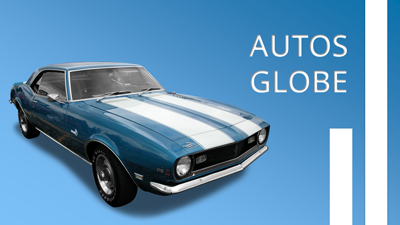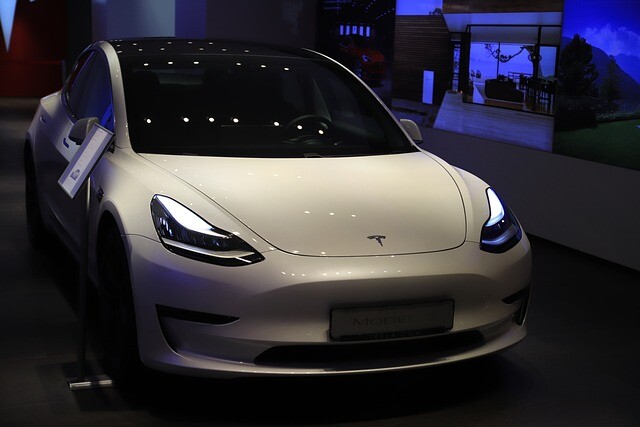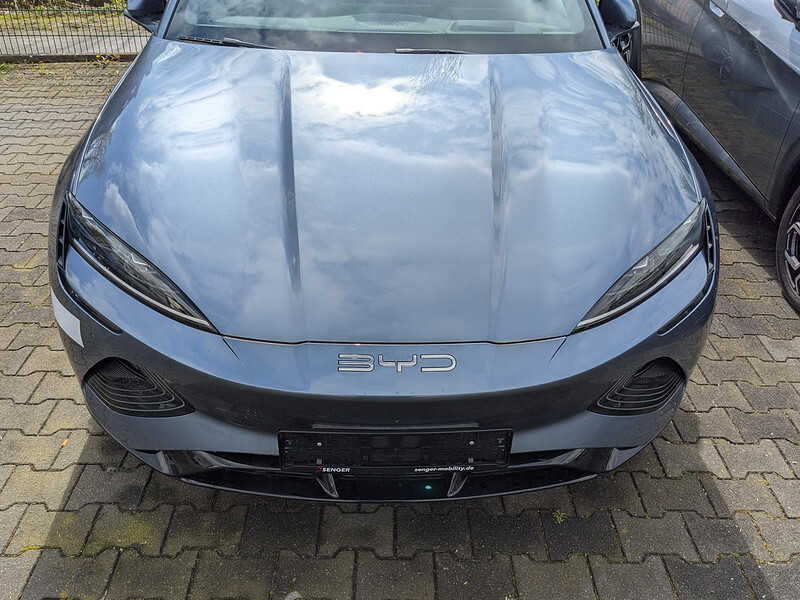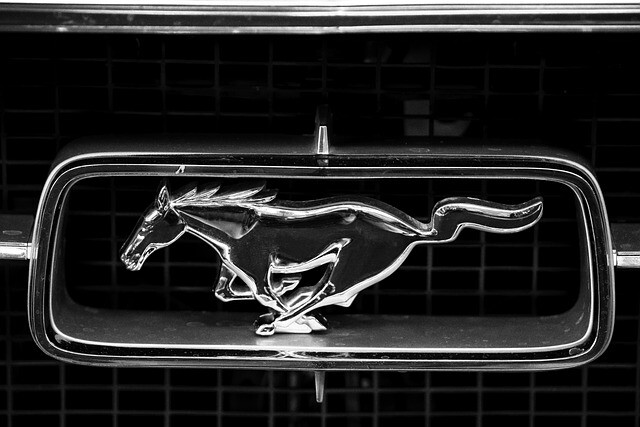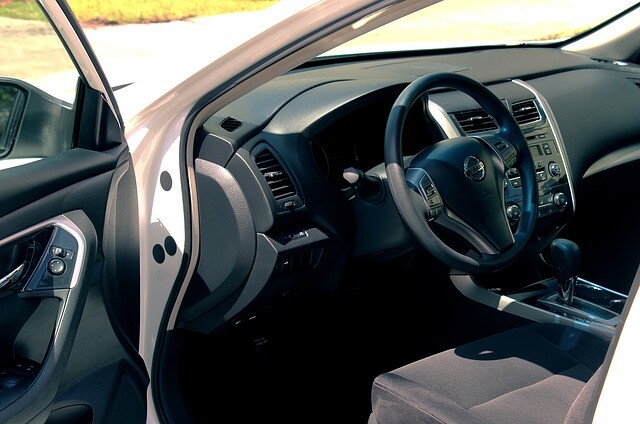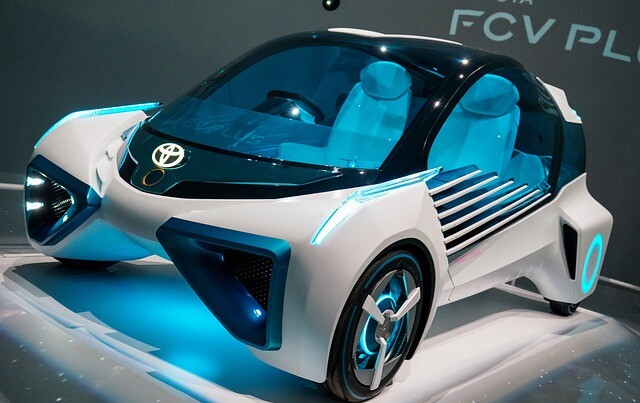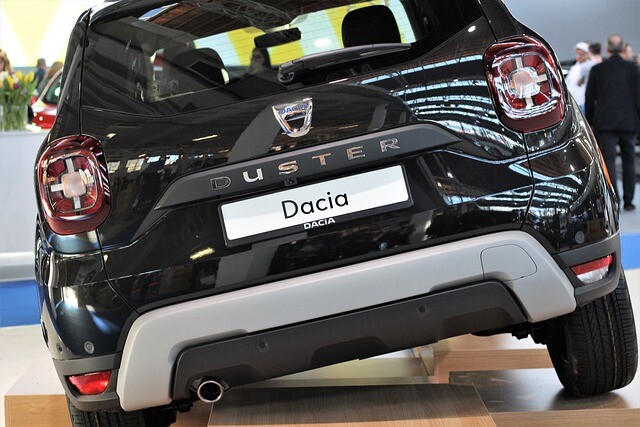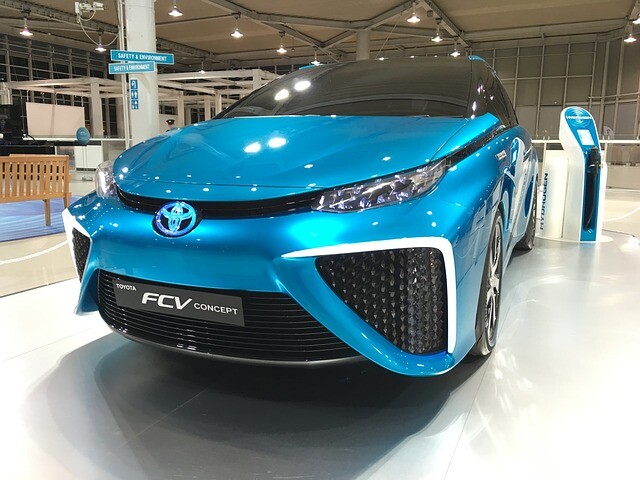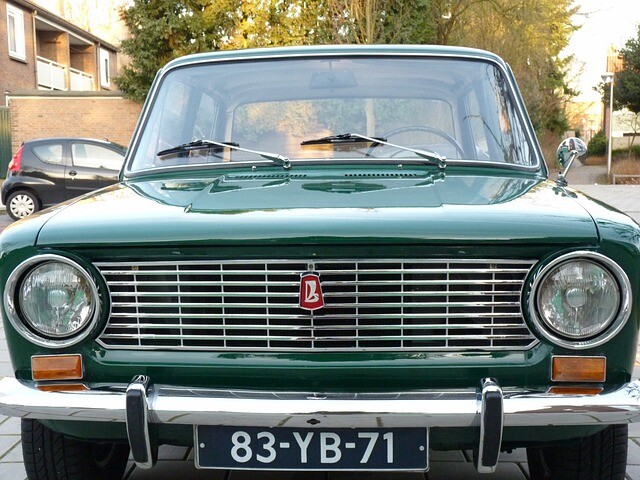Lexus IS 2021
There is little model change and plenty of crease stitching: the Lexus IS has been radically redesigned, thoroughly retuned, but the point has not changed.
Lexus is already the smallest type of rear-wheel drive. The third generation IS was introduced in 2013, so it was time for a model change. Yes, but there is no way to develop a rear-wheel-drive, mid-range model within the new TNGA floorboard family - the GA-N floor would in principle be suitable, but it would need to be shrunk by more than 25 centimeters, for which there was either no opportunity or time.

In any case, the new, fourth-generation IS is actually technically the same as the previous one - so we can actually talk about a model upgrade rather than a change.
The old-new Lexus IS will be available in forty countries around the end of the fall, widely distributed in North America and Asia, but Europe will not get it. Nor is it clear whether this means the end of the model without a successor in Europe, or whether the IS career will continue here in the usual format.
Yet at Toyota’s development center, a lot of energy has been put into making the car more guaranteed and at the same time calmer. To this end, the rigidity of the body was increased at several points.
A novelty is the availability of 19-inch wheels, which means more stable cornering and greater traction; the former 17-inch default wheels are now being replaced by 18-inch ones; they are attached to a lightened wheel hub, which reduces unsprung mass. This is served by 20 percent lightened springs, aluminum swingarms instead of steel (-18% by weight) and an optimized cornering stabilizer (-17%). This is accompanied by new shock absorbers and mounts for more comfortable suspension.
(Source: vezess.hu / photo: pixabay.com)
